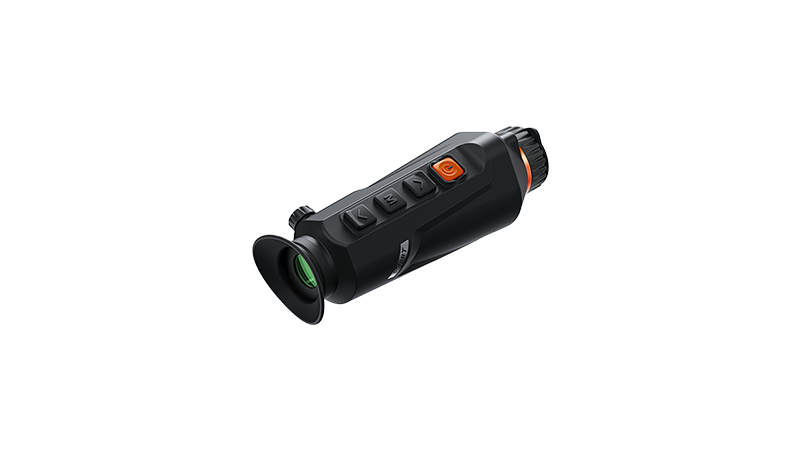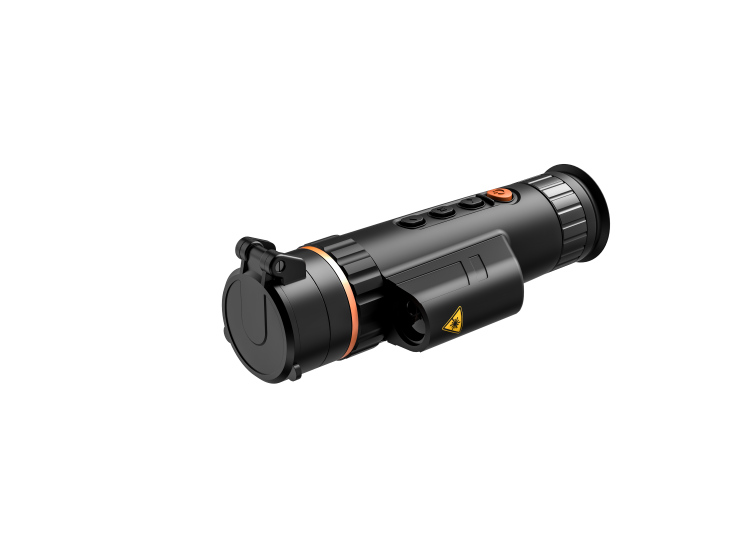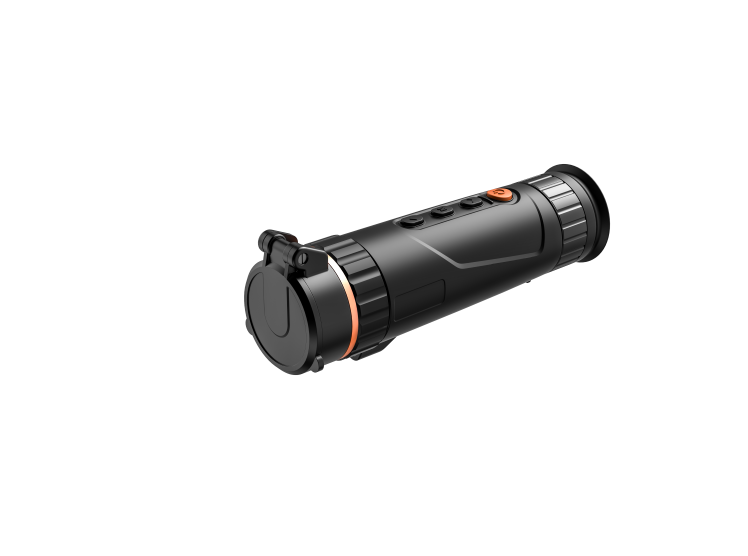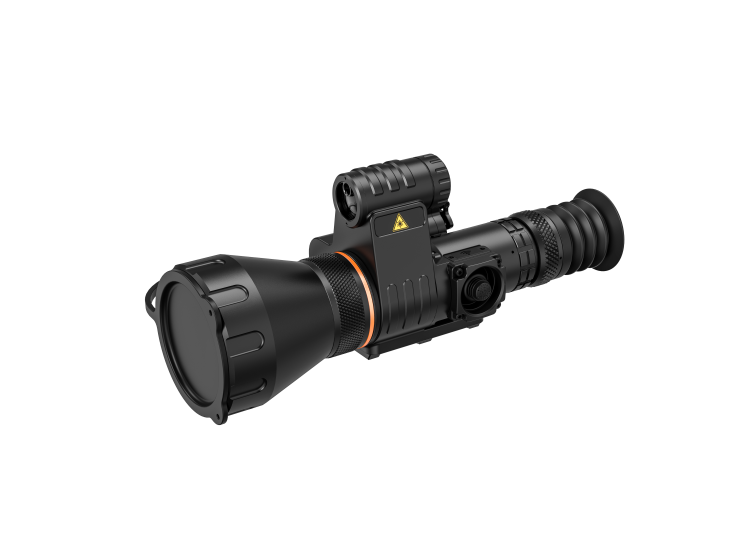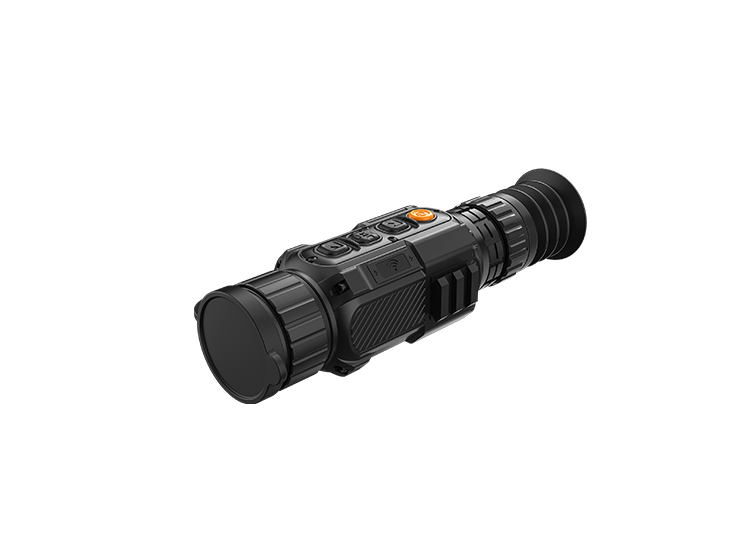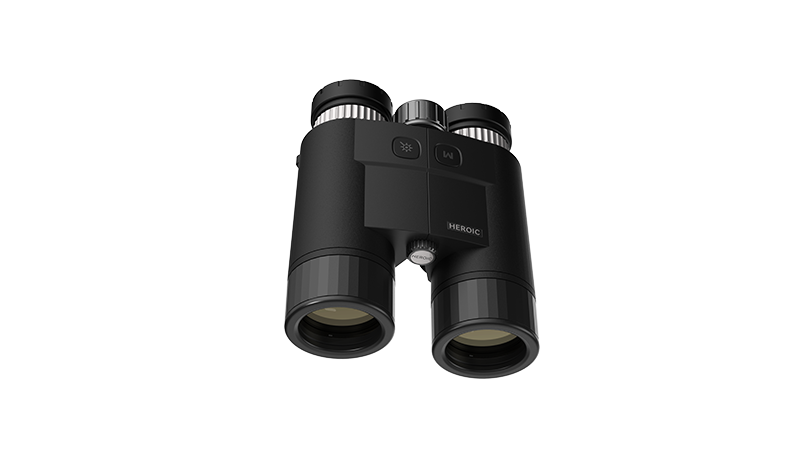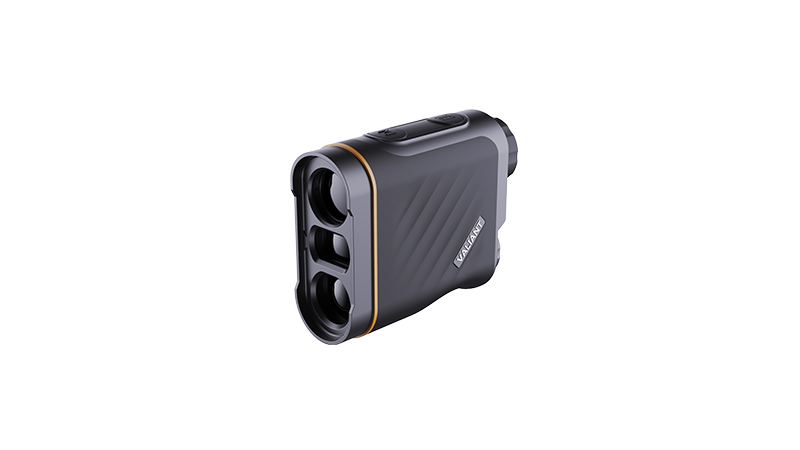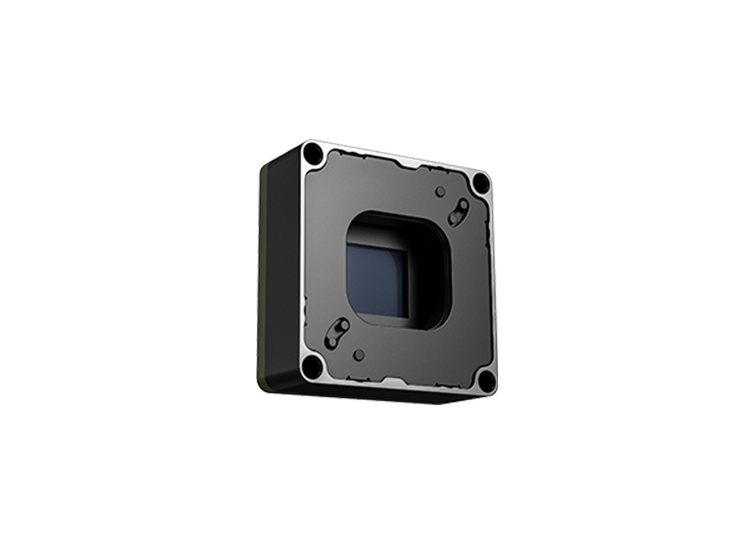Advanced Mechanisms of Thermal Imaging Detectors: Transforming Heat into Visual Clarity
2025/12/01Thermal imaging technology has become a critical tool across various industries, enabling enhanced visibility in low-light and challenging conditions. The core working principle of thermal imaging detectors underpins this technology, transforming infrared radiation into clear visual images. This article explores how thermal detectors operate, highlighting their significance in modern applications.
The Basics of Infrared Radiation
Every object emits infrared radiation based on its temperature, with hotter objects emitting more radiation than cooler ones. Thermal detectors are designed to sense this infrared radiation, which is invisible to the naked eye. The primary function of a thermal imaging detector is to capture these variations in infrared radiation and translate them into measurable signals. This process allows for the detection of temperature differences across surfaces, making thermal imaging invaluable for applications ranging from building inspections to security surveillance.
Mechanism of Thermal Detection
The operation of a thermal imaging detector involves several key components. At the heart of these devices are sensors that convert infrared radiation into electrical signals. These sensors can be based on different technologies, including microbolometers and thermocouples. Microbolometers, commonly used in uncooled thermal modules like the Fireye V2 Series, are particularly effective due to their high sensitivity and ability to operate without requiring cooling systems.
Once the thermal detector captures infrared radiation, the electrical signals are processed by integrated software. This software compensates for energy drift characteristics, ensuring maximum image clarity and smoothness. The processed signals are then transformed into a visual image, allowing users to interpret thermal data easily. This seamless integration of hardware and software is essential for providing accurate and reliable thermal imaging results.
Applications and Benefits of Thermal Imaging Detectors
The versatility of thermal imaging detectors makes them suitable for a wide range of applications. In industrial settings, they are used for preventive maintenance, identifying overheating equipment, and enhancing safety protocols. In the realm of security, thermal detectors can detect intruders in complete darkness, providing a significant advantage over traditional surveillance methods. Additionally, the use of thermal imaging in firefighting enables responders to locate hotspots and navigate smoke-filled environments more effectively.
The benefits of thermal imaging technology extend beyond enhanced visibility; they also improve efficiency and reduce operational costs. By enabling proactive maintenance and quick response times, organizations can minimize downtime and prevent costly failures.
Elevating Thermal Imaging Solutions with IRVOTEX
Understanding the working principle of thermal imaging detectors is crucial for leveraging this technology effectively. From capturing infrared radiation to producing visual images, thermal detectors play a vital role in various industries. At IRVOTEX, we specialize in advanced thermal imaging solutions, including our Fireye V2 Series uncooled thermal module. Our product integrates hardware and software seamlessly, ensuring maximum image clarity while remaining easy to use. We are committed to providing innovative solutions that empower businesses to harness the full potential of thermal imaging technology.
 +86 (028) 8535 5966
+86 (028) 8535 5966 +86 17323184180
+86 17323184180 irvotex@votinfrared.com
irvotex@votinfrared.com

